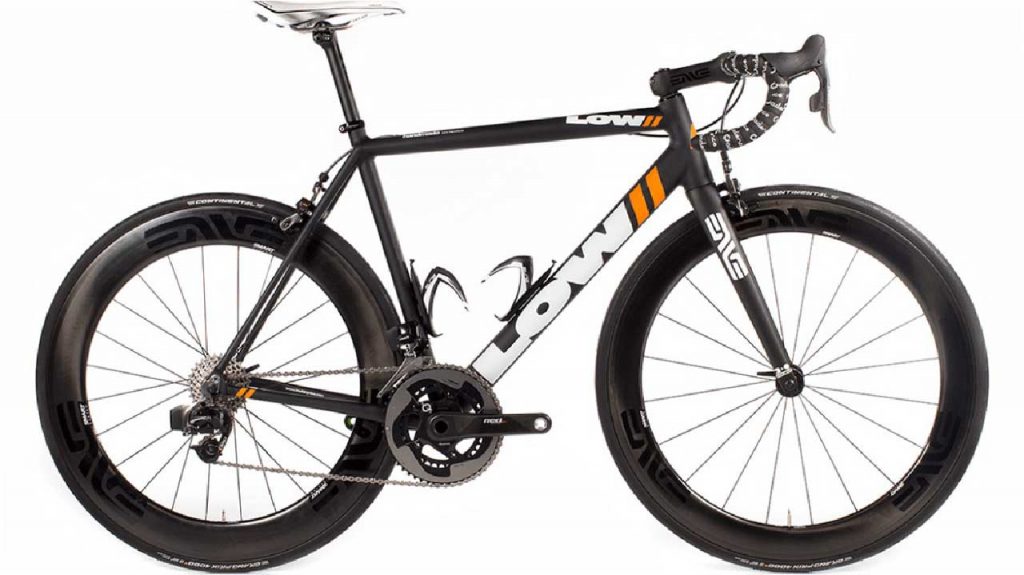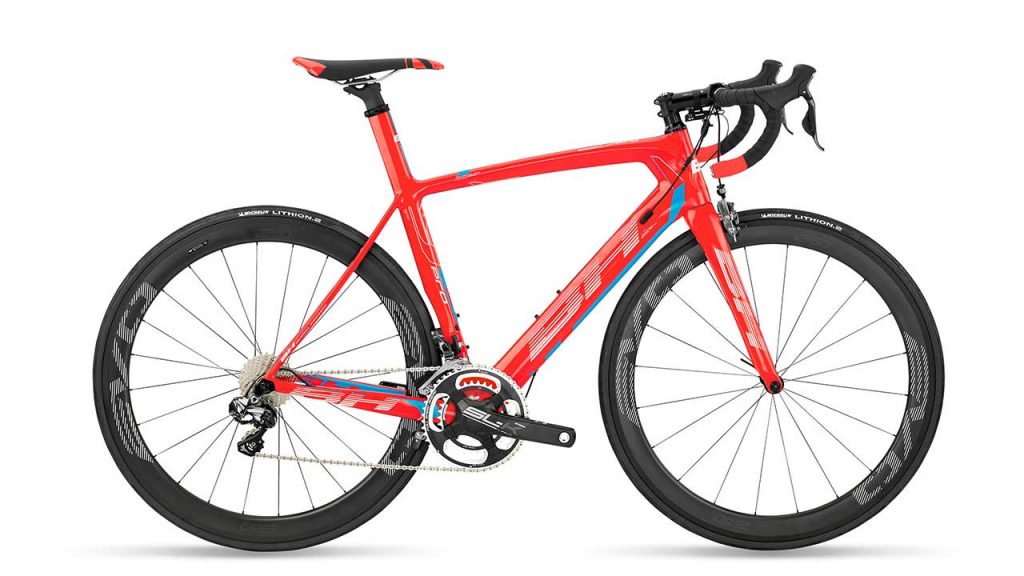
Carbon versus Aluminium. What to buy
When we set out to buy a new bike, one of the most common questions we will have to answer is what material to choose: Carbon or Aluminium. Because the material of our frame is clearly an important decision. A good bike frame can last the better part of a decade if you maintain it correctly. So, whats the best choice then. Like most things the answer is ¨it depends¨ Both materials have their strengths and weaknesses, and in this article we will clarify as much as possible the details that will help you make the best choice for you.
Carbon vs Aluminium
As the years go by and bicycle parts get cheaper, choosing carbon has become the default choice for most people. It´s a widely accepted idea that GOOD bikes are made of carbon. In the public´s eye aluminium is focused on lower tier bikes and with modest components. And many brands choose to use aluminium only for their entry level models, leaving carbon for the high end.
That´s it then, a carbon bicycle is a better bicycle? The answer is a strong NO
Lets start with aluminium. Back in the day an aluminium bike meant a shape made of welded tubes. It was better than steel, but nowhere close to perfect. Frame properties were constant in any direction. Nowadays however, the story is very different. Let´s get something out of the way: frames are not made from aluminium, but from aluminium alloys. This means a bike frame can be made stiffer in some cases, and more flexible in others.
Modern aluminium frames also benefit from huge investment in I+D by many brands, and improved manufacturing processes make all sorts of new possibilities open. Butting technology lets you vary the tube thickness along it´s length. You can make a frame stronger in one section and lighter in others. You can also vary the shape of the tubes considerably, allowing properties to change from one direction to the other.
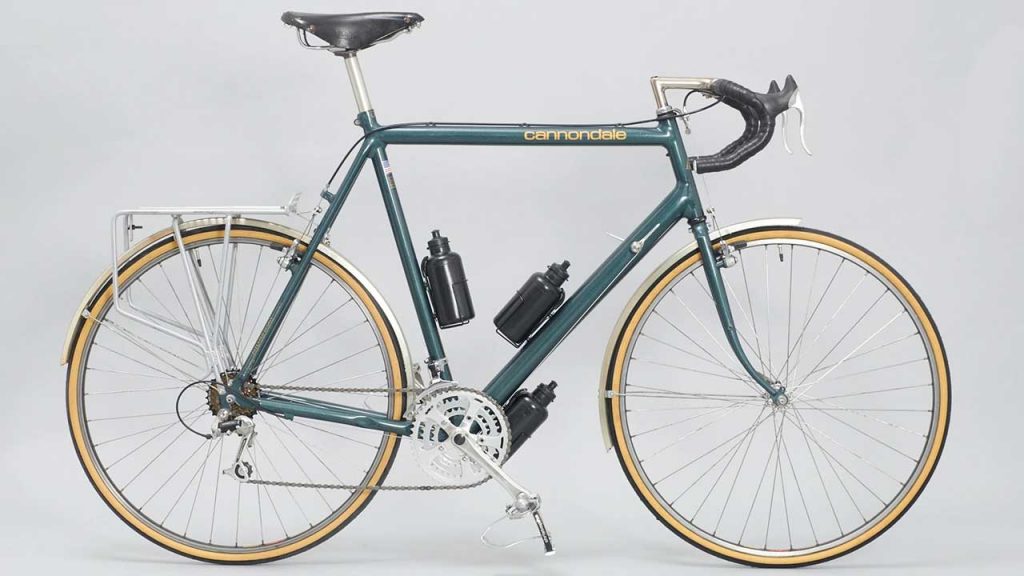
What this all mean is modern aluminium frames narrow considerably the gap between them and their carbon counterparts. The weight difference much smaller than you think. Differences in comfort and stiffness are also very close to 0 on bikes with identical components and sizes. Carbon is stronger, but also more fragile in a crash. Aluminum dents but lets you keep going. In reality, how tough a frame is depends more on engineering and manufacturing than materials.
Carbon frames can last indefinitely, while aluminium fatigues overtime. This too has improved for aluminium, with brands even extending lifetime warranties for them. So those concerns are mostly long gone. That being said, you can fix a broken carbon frame, but the same is not the case for an aluminium one. Some older frames can corrode, and you should check the paint job for bubbling. Modern aluminium frames are mostly free of this problem.
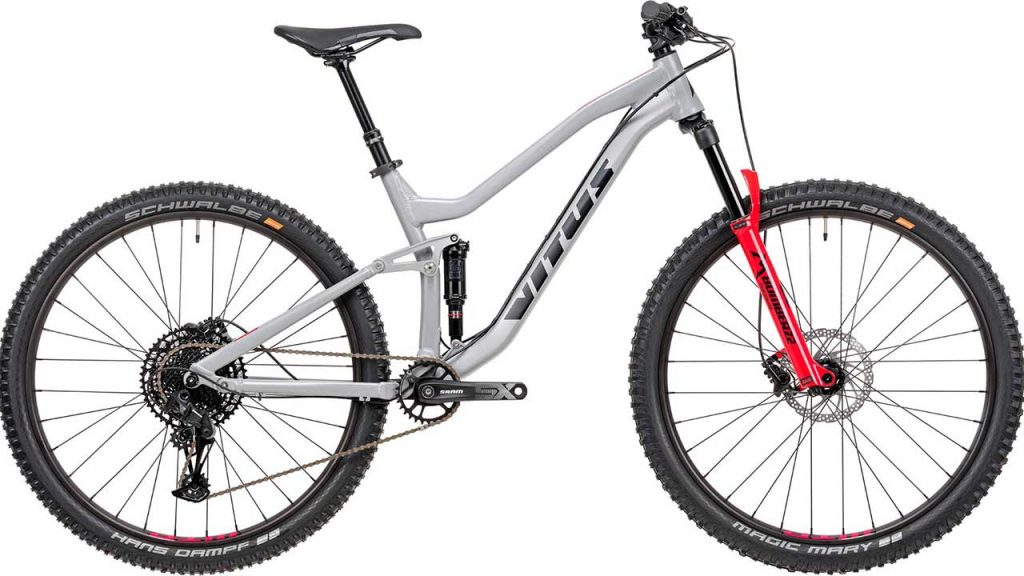
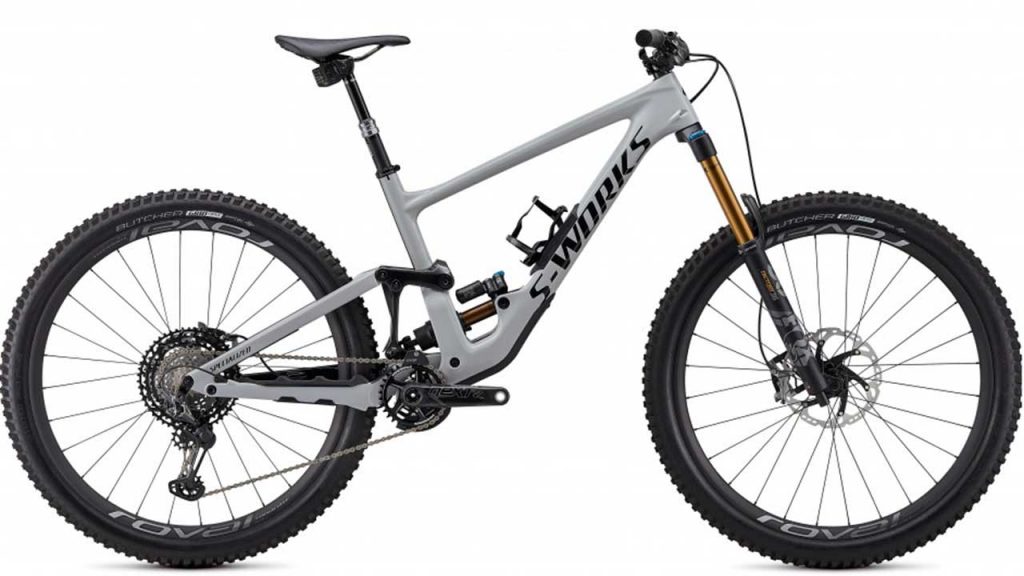
So aluminium can be very close to a carbon frame in quality, why the difference then?
Well it all comes to cost. A carbon frame is much more expensive to manufacture than an aluminium one. Almost all work is done by hand. This makes possible softer lines and complex shapes for better designs. But the main difference between them comes more to how people perceive them than actual differences. That´s not to say that carbon frames are not better, it´s just that it´s advantage is much smaller than you think. Most riders are even incapable to notice significant improvements between two similarly specked bikes from the same brand.
Conclusion
If you are buying a new bike, you will often find at the same price point aluminium bikes with higher tier components and carbon bikes with lower tier components. You have two choices there: going for the lower specked bike with a good carbon frame and then improve on it over time, or get the aluminium bike with better components that will probably give you a better riding experience right now, just feeling less cool. If you have the money there is no question, carbon still is the best choice for you. You just have to decide if the sometimes huge price bump is really worth the many times small gains, or if you are better off spending that money on much better parts.
A high end aluminium bike can easily outstrip a low end carbon one in how the ride feels. Even if the two are priced and weight almost the same. That´s one of the reasons a lot of big brands are still investing a lot of money in high performance aluminium and manufacturing processes.
